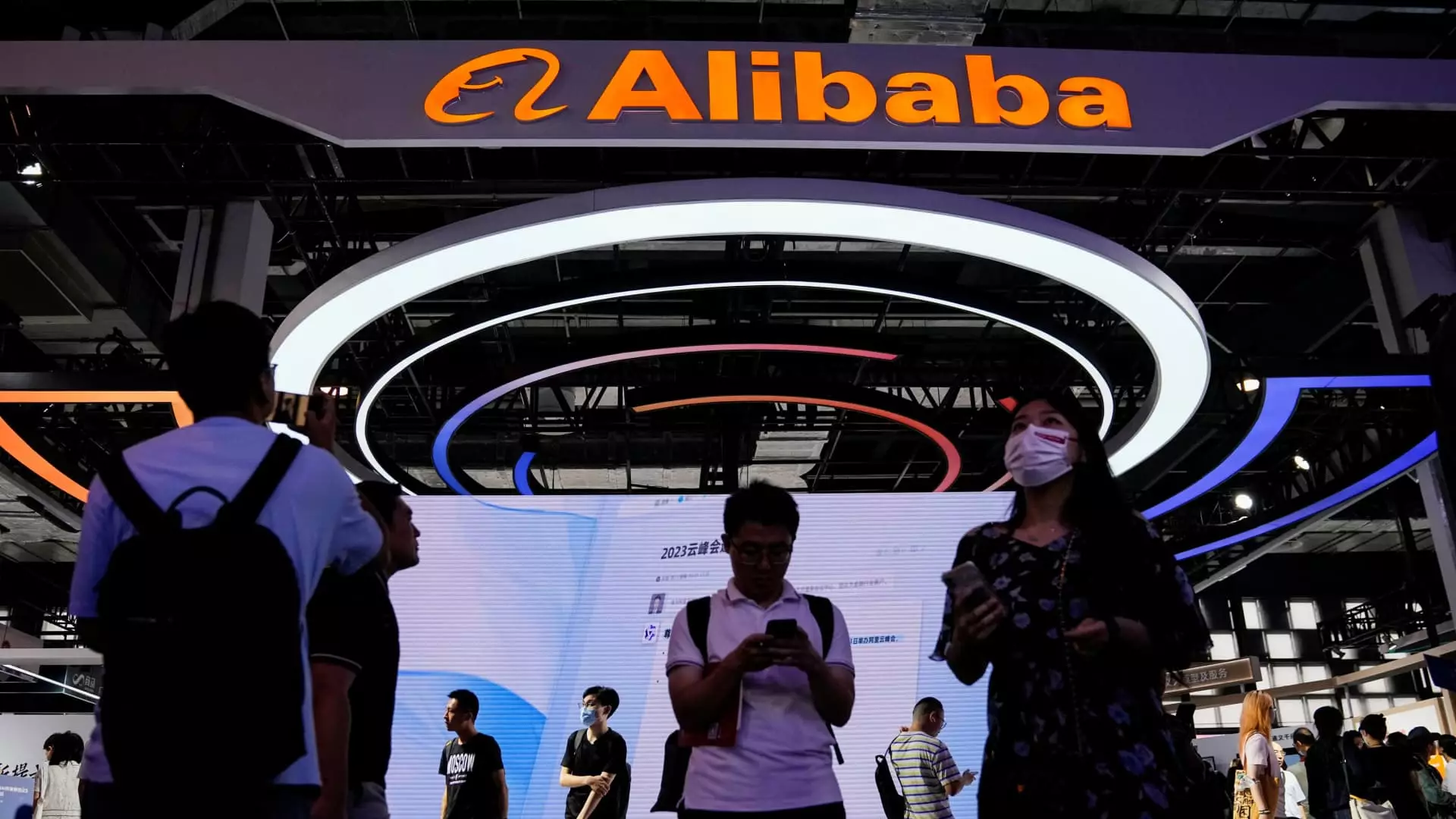In a strategic move to solidify its position within the rapidly evolving artificial intelligence (AI) sector, Alibaba has announced an astonishing price reduction of up to 85% on its large language models (LLMs). This initiative, unveiled by Alibaba Cloud, underscores the fierce competition among Chinese tech giants as they vie for dominance in AI technologies that have captured global attention. Such a significant cut, particularly on the Qwen-VL visual language model, represents not merely a pricing strategy but reflects the broader dynamics of the technology market in China.
Alibaba’s decision to slash prices comes in the wake of an increasingly competitive landscape among major Chinese tech firms—including Tencent, Baidu, JD.com, Huawei, and Bytedance. Over the past year and a half, these companies have launched their versions of LLMs in a bid to stay relevant and capture commercial interest. The AI product hype parallels the competitive race to enhance business offerings. Alibaba’s previous reductions, including a 55% cut in February and an eye-watering 97% earlier this year, indicate a consistent trend as the company seeks to incentivize adoption among enterprise users.
As the market floods with similar technologies, these reductions aim to attract businesses that are exploring AI for operational improvements. The cuts are not only meant to drive volume but also to engage a larger user base, fundamentally reshaping the economic landscape for AI solutions in China.
Despite the substantial nature of the price cuts, the immediate response in the stock market was relatively muted, with Alibaba shares only inching up by 0.5% on the trading day following the announcement. This reaction could imply investor skepticism regarding the long-term profitability of such aggressive pricing strategies. While attracting a larger clientele presents immediate gains, it’s crucial to measure the impact on Alibaba’s profit margins. Sustaining a balance between competitive pricing and financial viability is critical, especially in a sector characterized by rapid innovation and change.
Meanwhile, Alibaba’s enterprise-focused approach distinguishes it from competitors like OpenAI, whose ChatGPT has captured considerable consumer interest. The preference for targeting enterprise customers may seem to position Alibaba well, especially as businesses seek robust AI solutions to tackle complex data processing tasks. However, this strategy also raises questions about how far Alibaba can penetrate the market without a broader consumer-facing application.
At the core of this competitive battle are large language models—AI systems that analyze vast datasets to generate responses that mimic human conversation. Alibaba’s Qwen-VL model, designed to integrate both text and image processing, represents the cutting edge of this technology. In fact, the model has already garnered a user base of over 90,000 enterprise clients, signaling a promising adoption rate.
Yet, as the landscape gets crowded, distinguishing features of these models must be consistently articulated to maintain relevance. Rapid advancements and the introduction of newer capabilities may further challenge existing models, potentially rendering previous innovations obsolete. Continuous development, alongside price reductions, must be delivered in tandem for lasting success.
As Alibaba navigates this cutthroat landscape of AI innovation and competition, the price cuts on its LLMs are a calculated maneuvre designed to gain traction in a rapidly changing market. The company’s ability to balance affordability with quality and incremental advancements will define its trajectory in the coming years. In an industry that thrives on the latest technology and strategic partnerships, Alibaba must remain vigilant and adaptive to retain its competitive edge while meeting the growing demands of enterprise clients. The question remains—how will this aggressive pricing strategy shape the future of AI products in China, and can Alibaba fend off its competitors while fostering sustainable growth? Only time will tell as the next phase of this technological rivalry unfolds.

